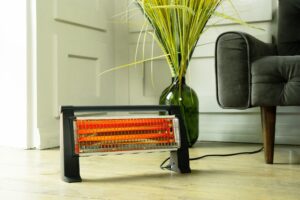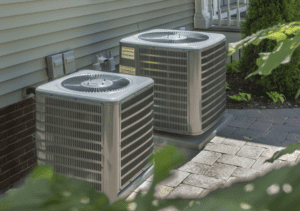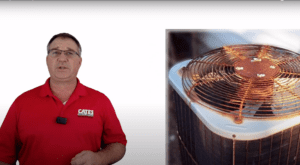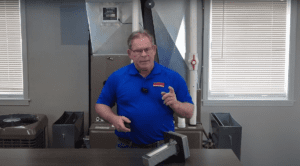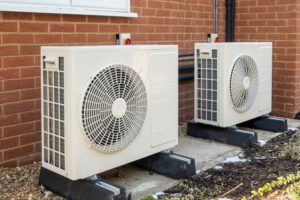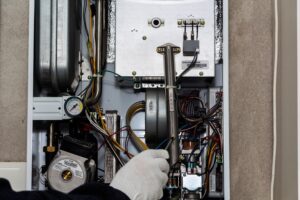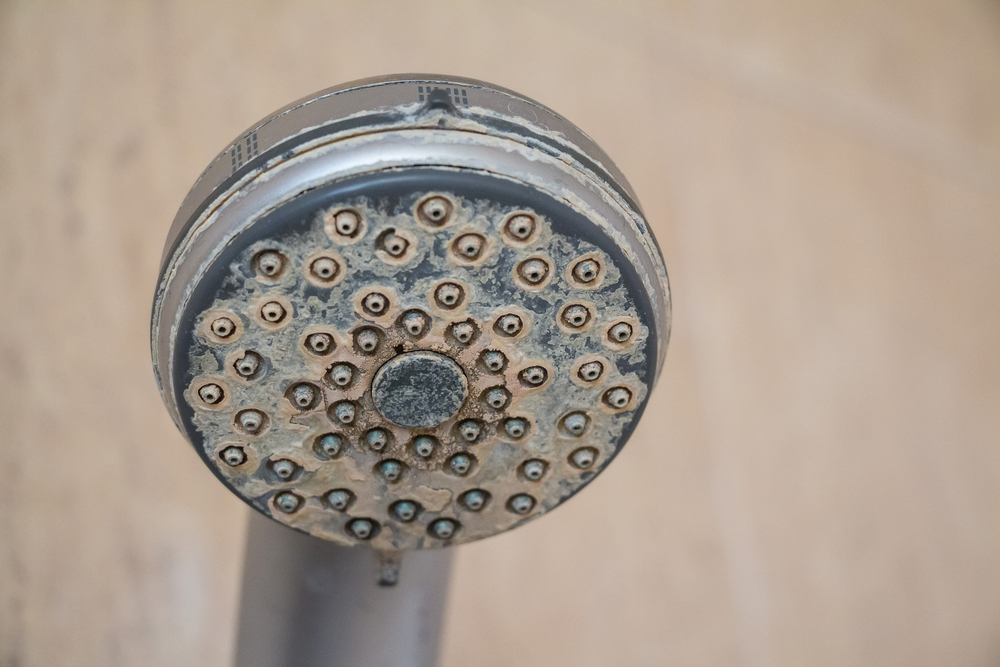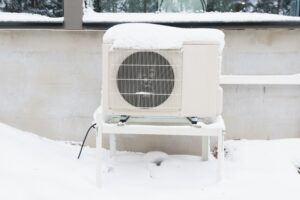Hard water is a part of life for most of the population of the United States. While hard water is pesky, it can also lead to a variety of issues within the home. For this reason, Cates Heating and Cooling has four tips for combatting hard water.
What Is Hard Water?
Water is considered hard when there is a high concentration of minerals within the water. The minerals found in hard water typically include calcium and magnesium. The concentration of minerals is determined by the quality of the soil where groundwater is stored. Since hard water is measured in grains of minerals per gallon, anything over 7.0 gpg would be considered hard water.
Are you in an area with hard water? Find out with this helpful map from Homewater 101.
Why Is Hard Water a Problem?
Hard water can be found in nearly 85 percent of home in the United States, and the high mineral counts in the water can wreak havoc on your home. The mineral deposits that hard water leaves behind are called scale, and scale can lead to clogged plumbing equipment and pipes, as well as household appliances like faucets, dishwashers, coffee pots, and more. If scale builds up in your pipes, you will start to notice that your water pressure decreases, and you could be looking at corrosion problems. Scale build-up can also cause an odd taste to the water you drink.
While hard water can have a serious impact on your home, it is also problematic on skin and hair. In fact, hard water dries out the skin, which is uncomfortable in its own right but also leads to razor burn. Hair volume and texture can be impacted by hard water. Hard water can leave your hair feeling drier and limper than it should be. For those who color their hair, the dye will fade much faster than if you were washing it in soft water.
Washing your clothes in hard water can strip the color from the fabric at an alarmingly fast rate when compared to soft water. Additionally, hard water can leave your clothes and bedding feeling scratchy. Dishes can also be left spotty after a cycle in the dishwasher if you have hard water.
Tips for Fighting Hard Water
Combating hard water can be a challenge, but there are a few different ways you can try to avoid the issues that hard water causes. Here are a few tips from Cates.
1. Cleaning Hard Water Buildup
Faucets, showerheads, and other metals fixtures are prone to hard water buildup. One of the best ways to clean calcium deposits is with white vinegar. Soaking fixtures covered in buildup in a bowl or bag of hot vinegar will dissolve the calcium buildup in about an hour. Dishes can be washed in the dishwasher with vinegar on a regular wash cycle to get rid of hard water buildup.
2. Dropping Water Heater Temperature
Running hot water through your water heater can increase the likelihood of hard water stains and mineral buildup. Mineral precipitation can take place in the hottest part of the plumbing system, and over time, your hot water heater will have issues with scale accumulation. By dropping the temperature of your hot water heater, you can delay this accumulation of mineral buildup.
Having the water heater flushed every so often will also help prevent clogs due to sediment. It is important that you set up regular maintenance visits with a plumber if you live in an area with hard water.
3. Use a Rinse Aid
Hard water often leads people to use more dish soap than they would need should they have softer water. Unfortunately, hard water works against the soap due to the molecules in both the soap and the water. When you have hard water, the soap molecules are unable to dissolve properly, and hard water will leave deposits on your dishes and glassware.
A rinse aid can help prevent and remove buildup while also helping rinse the soap off of your dishes in the dishwasher.
4. Whole-Home Water Softener
Whole-home water softeners are a solution to hard water that uses a filtration system to remove calcium and magnesium from the water in a process called ion exchange. These systems can prolong the life of your appliances and pipes by decreasing the likelihood of buildup.
A whole-home water softener will consist of three components: a control valve, a mineral tank, and a brine tank. The mineral tank is the place where hard water is softened using resin beads. The water passes through the resin beads and leaves the calcium and magnesium ions behind.
The control valve measures how much water passes through the mineral tank and into your house. The valve is home to a meter that tracks the amount of water entering the mineral tank because the resin beads will eventually be unable to soften the water coming into your home. When this occurs, the control valve starts a regeneration cycle to keep the system working.
Finally, the brine tank is the piece of equipment that sits next to the mineral tank. It contains a highly concentrated solution of either salt or potassium to help restore the positive charge in the resin beads that allows them to perform their duty once again. The salt, or sometimes potassium, is added to the brine tank via pellets or blocks. If the brine tank runs out of salt, your water will no longer be softened.
If you believe that hard water is causing problems in your home, contact Cates Heating and Cooling today. We can send an expert plumber to your home to find a solution. Call us today at 913-888-4470, and one of our Overland Park, Kansas, plumbers will be sent to your home.


